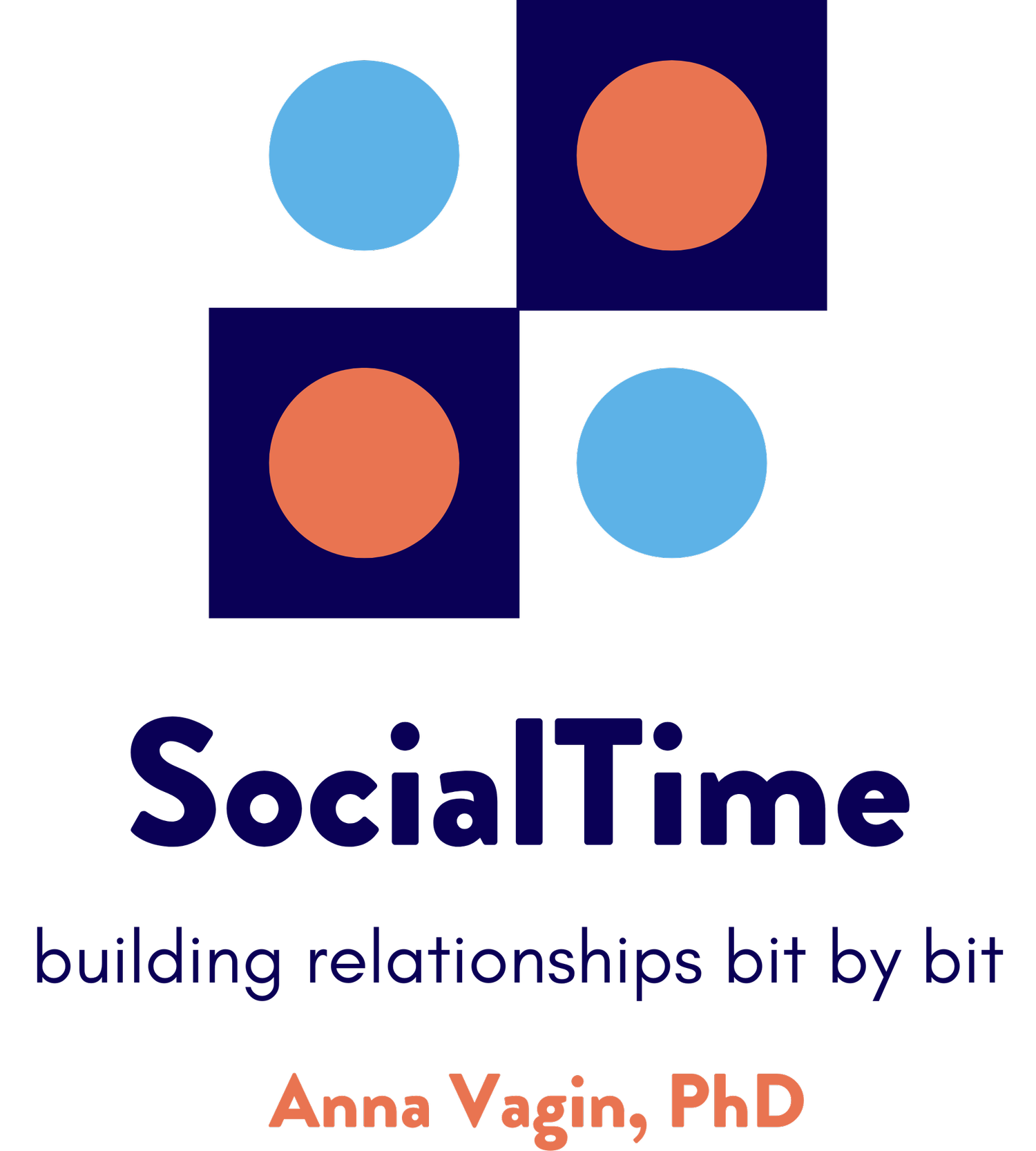Do you have students with Situational Mutism in your practice? I do…
Like the meringues in France, conversations come in all different flavors
I have several students in my practice who demonstrate situational mutism (SM) – a term I MUCH prefer over “selective mutism.” For these individuals, anxiety can, at times, make it too uncomfortable to verbally engage with those around them. At those times, an option can sometimes be to communicate via writing. Over the last few months, I have been experimenting with materials for these sessions…
I have written many times about CPPEV – the semi-structured I created a few years ago to develop conversational abilities. CPPEV includes semi-structured Paths, Practice Activities, and rubric templates for writing goals. In planning sessions for students with SM, I am always looking for visual materials. I looked at CPPEV and thought “hmmm…”
One of my students, 13-year-old Eleanor, really wants to talk to people, but describes it as just too difficult. When she tries, her voice is often very soft. That results in people asking her to repeat. This raises her anxiety, and she retreats into silence and frustration. She sometimes engages in conversation via writing, but she misses verbal conversation (her SA onset has a complicated history.)
When I showed her the Paths, she was game to try! The Paths let students practice the spontaneity of conversation within a format that allows them to explore various components of conversation, like comments, questions, and interjections. To make things visual instead of verbal we inserted text boxes, taking turns keyboarding. As you see in the screen shots below, first, Eleanor was blue and I was green, and then we switched, so we each had a turn at the sequence. Here’s how it went:
These two sequences for easy for Eleanor – she liked knowing what was expected, liked keyboarding into the text boxes, said she wasn’t at all anxious, and wanted to do another one.
We started a new Path, with Eleanor responsible for the green, while I took on blue. This Path got a bit more challenging, so, as you will see, I have inserted numbers on the screen shot to go with this explanation.
The first steps along this Path (1) were great! You might notice that I did not correct any of Eleanor’s keyboarding – punctuation, spelling, etc. Remember, we are focused SOLELY on the conversational aspects, and ensuring that anxiety was kept LOW.
When we got to step 2, Eleanor hesitated, and typed “I don’t know what to ask.” I often find that students are challenged when a Path wants them to ask their conversational partner a question. I was confident that, with a bit of scaffolding, Eleanor would find a way to be curious about what I had told her. Eleanor goes to Hawaii frequently, so knows quite a bit about the Islands.
I reminded her of our previous work using the idea of a “double think” – a time to think more deeply, perhaps several times, to remember what we know, and how our prior knowledge might relate to this moment. I typed “double think about Hawaii”, and Eleanor typed the rest (3). Wow – terrific – lots of info!
I cued her that maybe this double think would help her come up with a question to ask me – and she typed a fabulous question (4), which I answered – even though we had finished the Path.
Eleanor and I both felt great! She told me (verbally) that the Paths were fun and easy. We both felt we’d learned a bit more about each other, and had a super productive session.
In subsequent sessions, we have continued working with CPPEV, with an added “twist.” Now, after we finish our text boxes, we each reading our contribution. This is an opportunity to feel the cadence and flux of verbal engagement. Eleanor gives readings a thumbs up (no anxiety). I love seeing her smile as she reads with increasing confidence.
I have explored using CPPEV with other students in my practice with SM – stay tuned to hear more over the coming weeks! Such a reminder to me that conversations come in all different flavors – there isn’t one RIGHT way to have them. What counts most are the bits of information we learn about each other and the feelings that come through shared engagement.
Learn more about CPPEV to see if it’s right for some of the students in your caseload, or drop by Office Hours this month!
Here’s to meaningful conversations in 2024!




